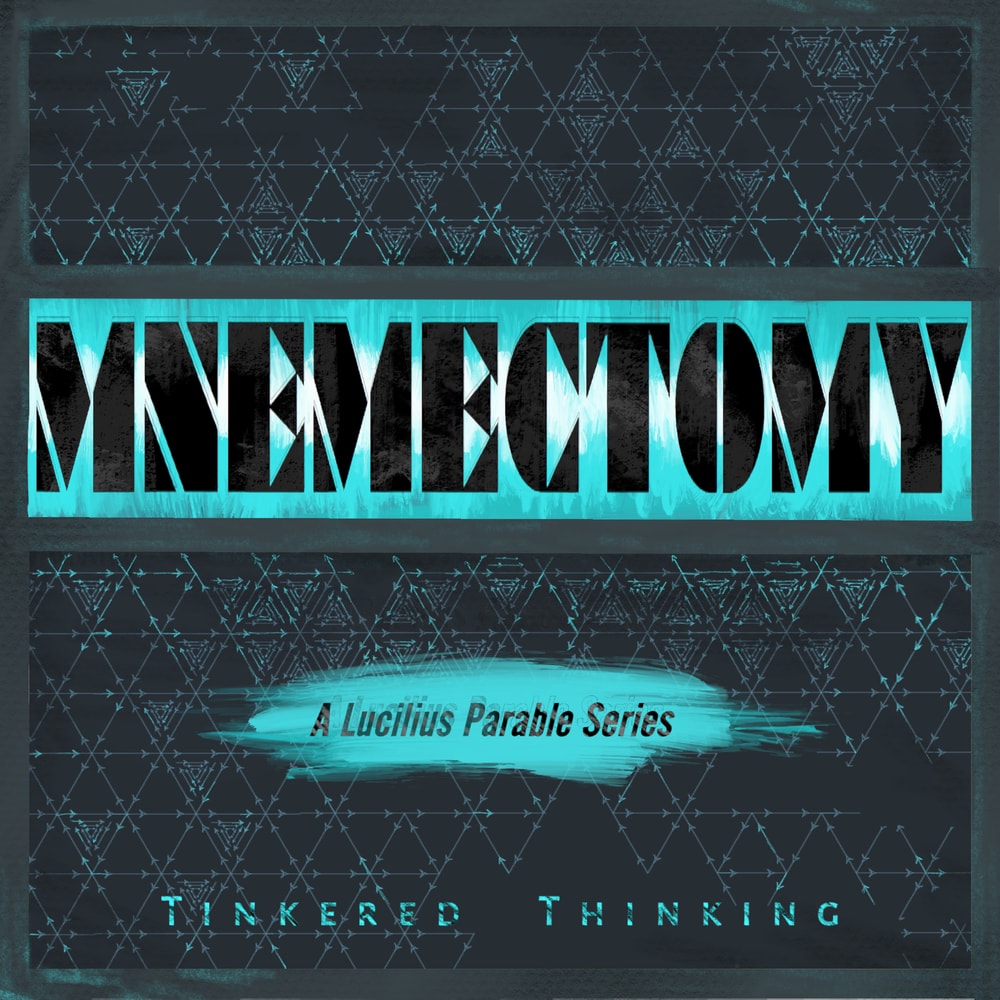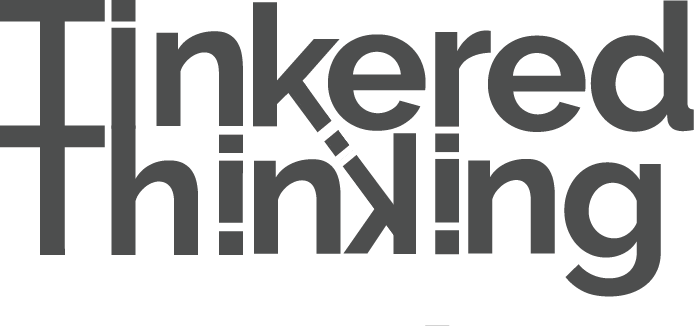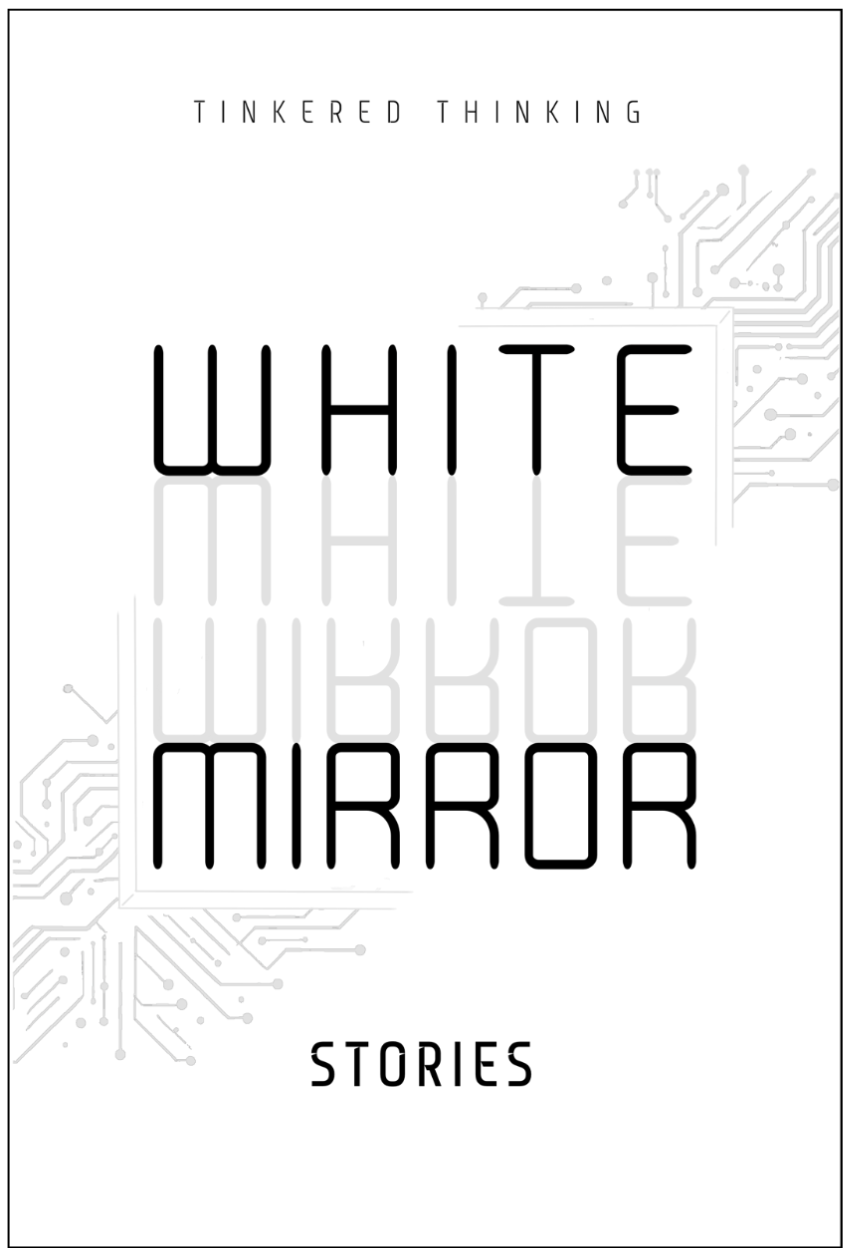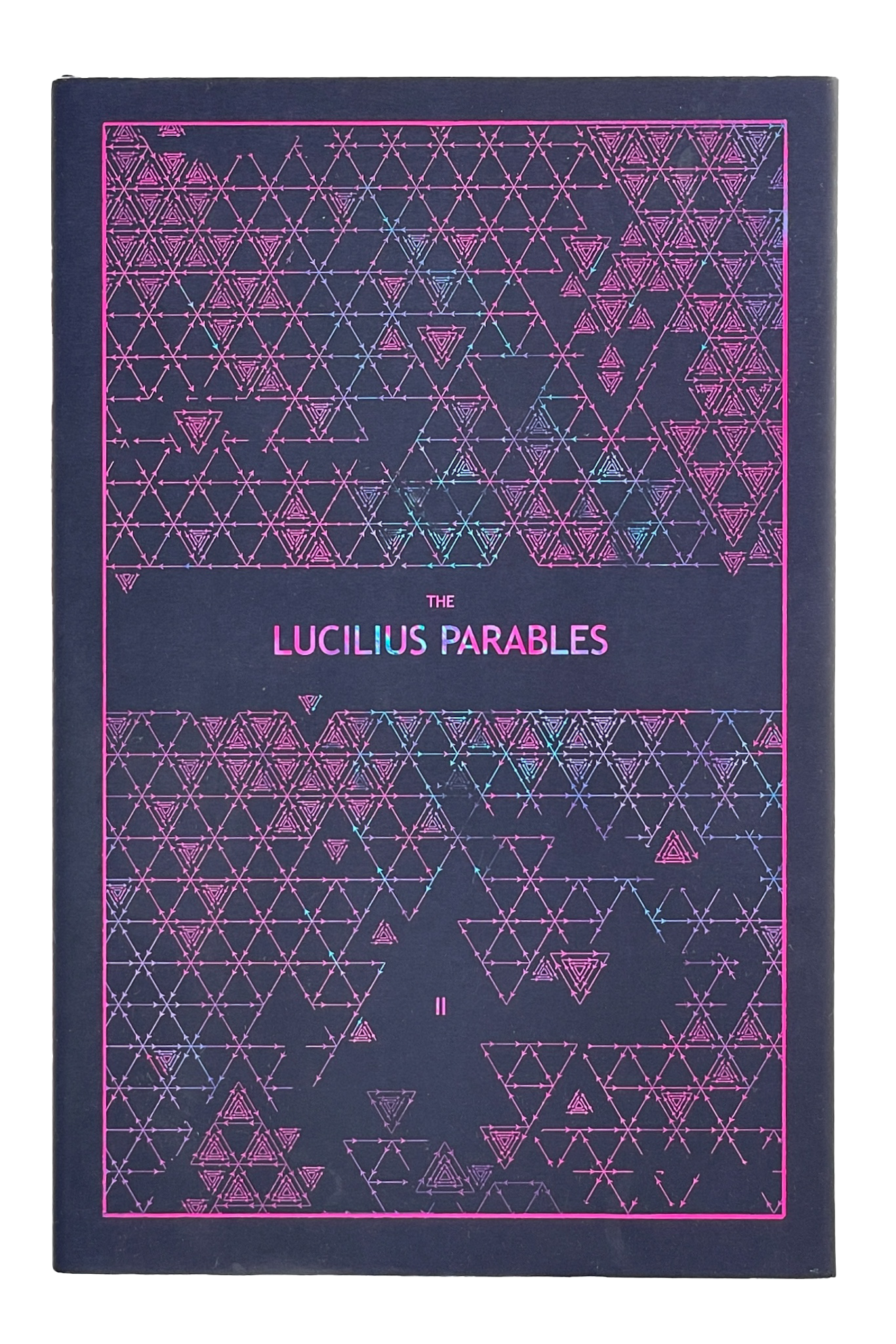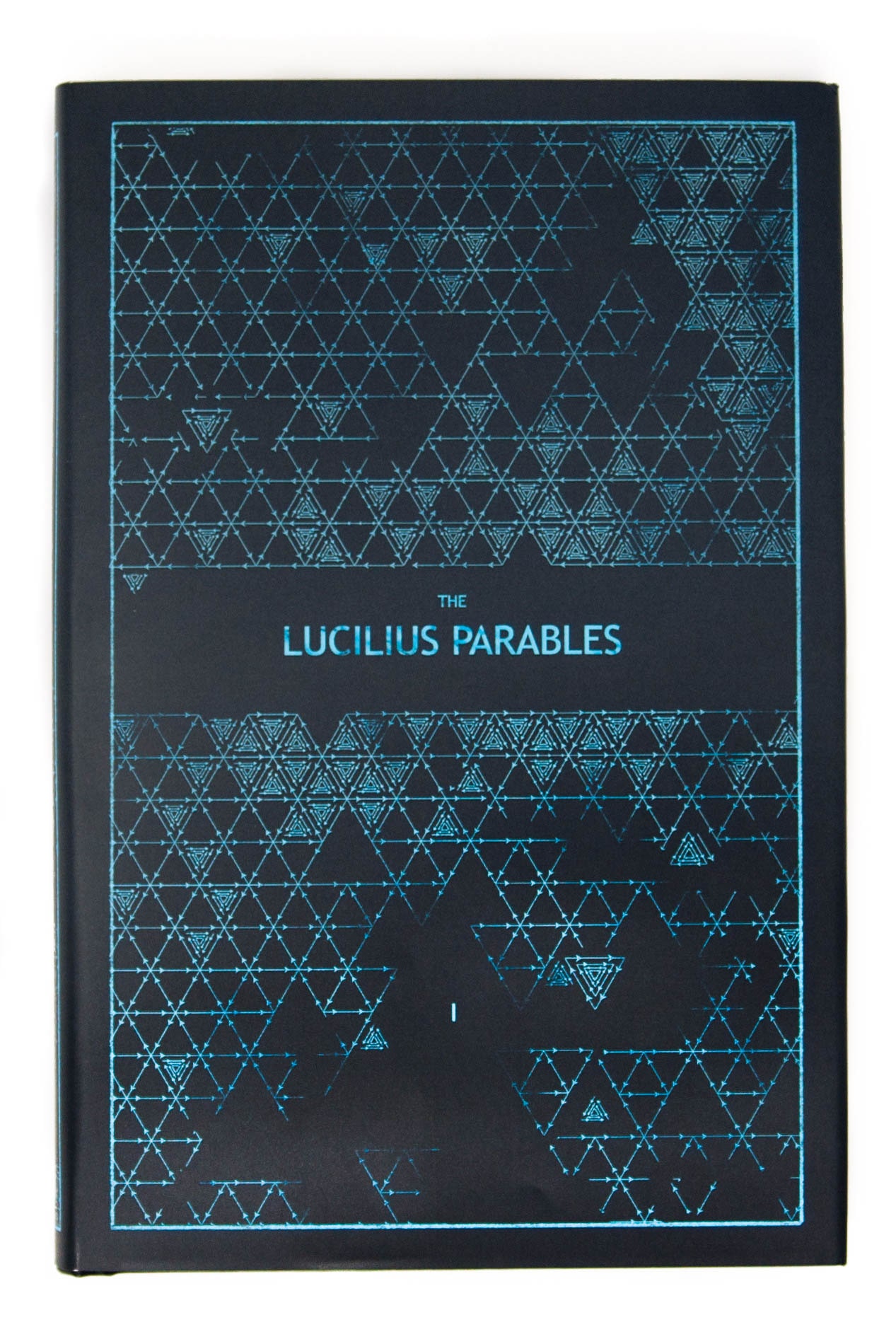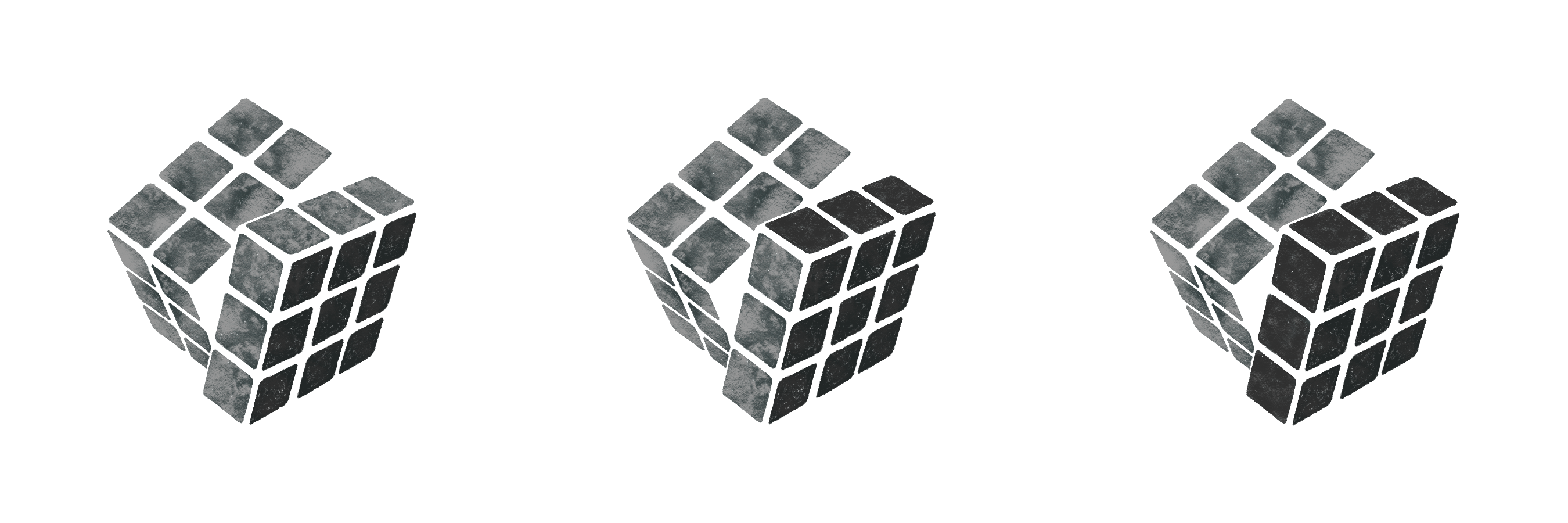Daily, snackable writings to spur changes in thinking.
Building a blueprint for a better brain by tinkering with the code.
subscribe
rss Feeds
SPIN CHESS
A Chess app from Tinkered Thinking featuring a variant of chess that bridges all skill levels!
REPAUSE
A meditation app is forthcoming. Stay Tuned.
FORCED FASCINATION
January 7th, 2021
Our problem isn’t distraction, it’s a lack of fascination. Distraction is the scapegoat, the pervasive and obvious culprit for our shallow lives. The logic goes that if there weren’t so many distractions, then I’d finally be ale to sit down and concentrate for once.
It’s a bit like saying: if unhealthy food weren’t so cheap and delicious, then maybe everyone’s health would be better. And this is true. If a healthy diet were the only option then many people’s bodies would grow healthier rather quickly. But is the analogy tight enough so as to imply that all absence of distraction would result in deep, meaningful focus? Probably not: food is a physical necessity, the absence of which creates some very real motivation. Deep focus, on the other hand, has no clear and present biological motivation underpinning it’s necessity, and so perhaps, deep focus isn’t a necessity. At least not to physically live.
For those who have been rigorously trained away from their own deadened curiosity, an abundance of free time absent of distraction may simply lead to nothing happening - except of course the search for distraction. Sadly, it seems, this is how many retirements are spent. How many retirement homes have all their rooms equipped with the sedative distraction of a TV? How is it that some people stay very active cognitively and physically right up until their last long years of life, and yet others become a crippled shell of themselves? It’s easy to slough off the difference into the complex field of genetics and be done with it. But as with most instances when such a cognitive convenience is employed, this relies on an ignorance of genetics in order gloss over any problems in such logic.
Many problems, especially those regarding health, have very long antecedents. The foundation of such problems accrue slowly and surely far before they are detectable. And of course, once detectable, it’s often dangerously late in the game.
Humans are particularly bad with such problems that pull from long roots tapped back in time. We’re really good at the quickly arising problem, like a baseball that’s suddenly flying toward our face. We duck. But with the problem stretched out over a great span of time, we have enormous trouble seeing the connection between what we do now, and what life will be like way down the road.
Such is the eulogy for most curiosity. By the time many people finally get some time to pursue their own interests by way of retirement functioning as a freedom from uninteresting work, the curiosity of many people is all but a memory. Curiosity needs to be exercised just like a muscle or it’ll atrophy, just like a muscle. And for those who already have an impaired curiosity due to the rigorous flogging of mind-numbing institutions like the 7th grade, any exercise of curiosity can feel a bit, forced.
This juxtaposes the components of the problem nicely with a question: can curiosity be forced?
The natural answer is no, of course not. But what exactly would this look like if we tried anyway? Often there’s a list of things we are curious about but which we’re just too lazy to investigate. An old desire to learn the piano, or investigate machine learning, or what it’d be like to write a novel. What’s the next step after admitting the existence of such an old and stale list of curiosities? Getting to work, of course. And suddenly the requirement of effort feels counter to the spirit of curiosity. That’s not what it felt like to be a kid. Curiosity is supposed to be a bit like play, right? Unfortunately not when curiosity has gone so long without use. Work is required to reconnect to the powers of childhood.
Fascination has to be forced. This is another uncomfortable idea signalling dissonance between the parts we think we understand. Long disuse of innate qualities creates a barrier to entry. If the desire is to become a highly self-motivated curious person, then it’s going to require some work for that to be a natural state of being. Unless of course a person has had the rare luck and the strange luck of continuing the curiosity of childhood onward without damage from the institutions of society.
We tend to associate these things - curiosity, fascination, inspiration, as fleeting, as rare kind of gifts, bestowed from unknown places, even high places, like muses or divine origins. But fact is they are just like happiness, or peace of mind: they are always available. They exist as operations of the mind, and if we feel them ever then it means we carry around the machinery for these operations wherever we go. Meaning further, we can activate this machinery whenever we want, if only we figure out where the controls are.
As with many things, the answers are closer than we realize. They just require a bit of work to see or grasp. And work - another concept tainted by societal institutions - often feels like something forced, something anathema to our being. But again, this is an insidious gift of civilization’s modern machinery. That thing we did as kids, that thing called ‘play’, that was actually work. It just didn’t feel like it because we weren’t forced. But now having been forced away from the sort of work we may have been naturally drawn too, it feels a bit forced and a bit like work to get back to those gifts of childhood.
SWITCH IT UP
January 6th, 2021
Almost nothing is achieved without regularity. This is the power of habits. Results compound either linearly or geometrically and fantastically large goals are slowly swallowed by a faith and patience with the machine of consistency. But what regularity can hide is a more powerful alternative of consistent effort.
The quintessential opposite is the bad habit. Switching it out for a “good” habit has benefits so obvious the point nearly need not be mentioned. The point here is to see habitual behavior on a gradient from worst to bad to good to better.
It’s one thing to have good habits, but what about better habits? This is a subtle curse of a regularity that has become an automaticity: Just as it’s difficult to forego a bad habit for a good habit, it’s strangely just as difficult to forego a good habit for an even better one. We are what we repeatedly do, and so are our preferences. With enough consistency we grow to automatically favor the good as opposed to the great.
This is where randomness and perhaps even a little chaos can be used as an excellent tool. By switching things up randomly, on purpose we can by chance find new behavior naturally expressing itself given a different sort of circumstance. As Robert Sapolsky has wisely added to the ancient greek aphorism: “Know thyself, especially in different circumstances.”
We become slightly different people depending on circumstance because circumstance calls upon different aspects of who we are. Just as perspective is a filter of reality, our behavior is a filter of our possible and potential action, most often evoked by circumstance.
It goes to follow that changing our circumstance, especially at random can unearth surprising capabilities hidden within who we are. And once discovered, the new consistent circumstance can be mindfully designed to continually evoke this better and more powerful behavior.
As is often said: moderation in everything. And if this is to be believed, then it also applies recursively, meaning sometimes we need to moderate our moderation and open the door for something extreme, something chaotic, intense and unexpected. More often than not this urge just results in a terrible hangover and a lost day regretting half remembered decisions. But with a little thoughtfulness, an extremely different circumstance can yield a version of ourselves that we currently only admire in vague imaginings.
SIMPLE SOLUTION
January 5th, 2021
Most solutions are a kind of growth added to an existing system. No system is perfect and by urge of progress we attempt to improve these systems by adding to them. This creates complexity which inevitably devolves into noise as our ability to understand becomes overwhelmed.
Simplifying a system is often very risky as it grows to become a ball of band-aides, each an attempt to improve but also an interdependent piece of added weight. Removing any one piece can and often spells out a cascade of malfunction within that system. This is present almost everywhere, from code for sprawling and complex apps to governments. The resulting monstrosities render themselves fragile.
What such failures highlight is the benefit of agility and flexibility. Cumbersome systems render these qualities unavailable because the interdependence of components is codependent as opposed to just additive. The codependence is embedded in the need to add another component because that component is being added as a fix, or a solution to some aspect of the system. But of course, with each added solution, the system becomes more and more complex, giving rise to unexpected problems, the causes of which are two abstruse to understand and therefore necessitate another patch, and another.
This type of growth may in fact be a hallmark of a core problem with the system which has been implemented to try and solve a particular problem. Systems are put in place to solve for problems that are recurrent so that issues that pop up are solved for with an efficient regularity. If the system grows through continued use, then it may be fair to guess that the system doesn’t actually solve for the original problem.
The simple solution is often just a new system, a simpler one which is more inline with the actual issue at hand to be dealt with.
The natural world has a pretty good way of selecting for good systems. The bad ones often just get eaten, they become food and fuel for better systems, whether that be an actual predator or the diverse array of micro organisms benefitting from an animal that has collapsed under it’s own weight after discovering a human-made Twinkies factory.
This fitness is also evident in the business world. Large incumbents which seem invincible can, in reality, be quite fragile to small underdogs because they lack the agility and flexibility of a lean organization. This perspective on simple solutions as simple systems which solve a problem also spell out a recipe for a good business idea. All innovation and much capital value can be defined as simply a better solution, and the better solution is almost always, simple.
ANGLES
January 4th, 2021
Maintain a discipline of writing everyday about a new topic and the question inevitably occurs: how do you think of so many new ideas? In a world now now augmented by the digital one, content is king, as they say. So how is new content created, found, invented? How does one generate new content?
The answer is that new content is actually very rare, and almost never occurs. So how is content still king? The answer to that requires refining the claim. It’s not content that is king, but something about that content.
As many authors have pointed out and which has been discussed in previous episodes, most content is a kind of remix, a sort of sampled collage of prior content. This might sound like just a flimsy disguise for stealing or plagiarism, and perhaps it is, but such a brand would miss the point: something new is occurring, its just not content.
A visual demonstration helps. Imagine a coffee mug, of if there’s one near by, then take a moment to look at it. Imagine a photograph of what you see. Now spin the mug 180 degrees and take another snapshot. Is it going to be the same image? No, of course not. Now spin the mug 1 degree and take a photo. Is it the same? It’s certainly very similar, but technically, no, it’s a different photo. Now spin it half a degree back, and repeat. Oh and now add a filter, or instead make a painting of it, or reverse the colours, or invert it, or flip it upside down or simply look at it while something incredibly impactful in other areas of life settles into your mind.
The content is always the same, what makes it different and fresh is a change in perspective.
And perspective is just an angle, it’s a filter. Much of what our brain is doing as we experience reality is just filtering things out so that we can actually make sense of some of it. Content is effective when it enables our perspective to expand beyond it’s own current limitations, when we see the same world anew, from a new angle.
Content in the digital world is all about the angle we take. And everyone has a unique perspective by default! It’s quite literally not possible for someone else to have the same exact take on the world as another because we can’t inhabit the same exact physical circumstance nor even the same circumstantial perspective - we all, together, have different angles on what’s going on.
A LUCILIUS PARABLE: DEALER'S CHOICE
January 3rd, 2021
The bar was loud, filled with Lucilius’ colleagues. The company they worked for had just been acquired which foretold great things for all their wealth and prospects. There were drinks all around and with them Lucilius basked in the glow. The bartender noticed Lucilius’ glass nearly empty and wiping her hands clean she bounced her chin up to get his attention.
“What would you like next?”
Lucilius gazed at the near empty glass with a warm smile.
“What do you recommend?” he asked.
Her eyes flitted to a high corner of thought, but before she could answer, Lucilius corrected himself. “You know what, I trust you, dealer’s choice. Give me whatever you’d have and make two.”
The bartender smiled and got to work. Lucilius listened to the ecstatic banter of his colleagues as they boasted and bragged about their future plans. The bartender pulled a thin stream of cold and coloured spirit from glass to rising tin. But just as she was finishing the drink a quiet quickly spread throughout the crowd of colleagues. They were now looking at their phones in groups, breaking off to check their own phone and Lucilius glanced at the screen studied by the colleague next to him.
The bartender wore a worried look as she put the two drinks in front of Lucilius. She leaned in closer to Lucilius, knowing him well enough as a regular.
“Everything alright?” She asked, nearly whispering.
Lucilius smiled. “Unexpected surprise,” Lucilius whispered back, as he lifted his glass and gently slid the second drink toward the bartender, nodding toward it at the same time for her to take it. She smiled, rolling her eyes, and lifted the glass.
“What happened?”
With his glass raised, and still smiling, he whispered again “We all just lost our jobs.”
The bartender’s face flushed as she froze. Lucilius clinked his glass against her stationary one and said,
“Cheers.”
He took a sip and so did the stunned bartender, her eyes darting around at all these spiffy, suited people.
“You too?” She asked. Lucilius nodded, looking at the drink in his hand with a delighted and puzzled look. He took another sip.
“How can you still be smiling?”
Lucilius looked at her strangely, as though the answer were obvious. “Well, I’m celebrating, of course.”
“Not anymore..” The bartender offered.
“Sure I am, how could I not with such a beautiful and balanced drink in my hand?”
-compressed.jpg)
